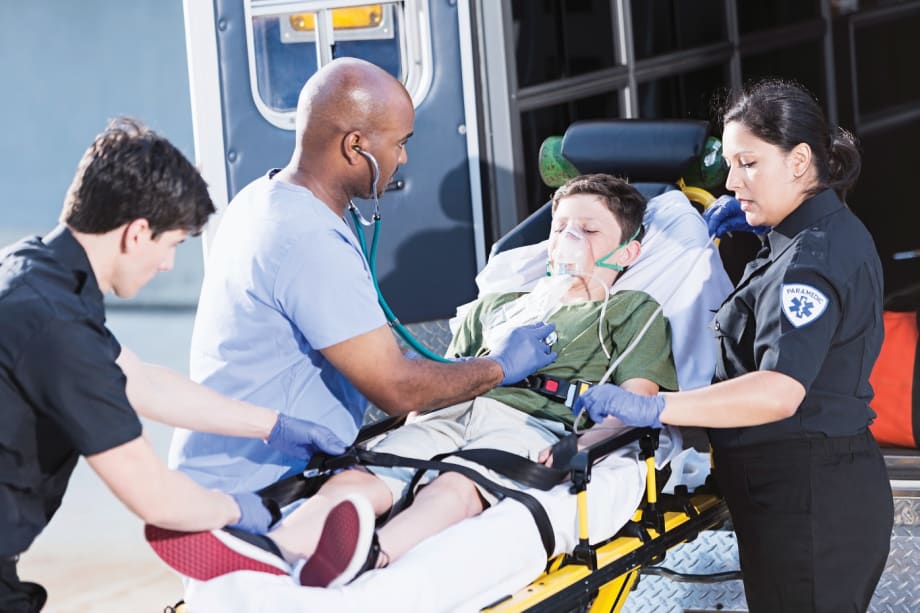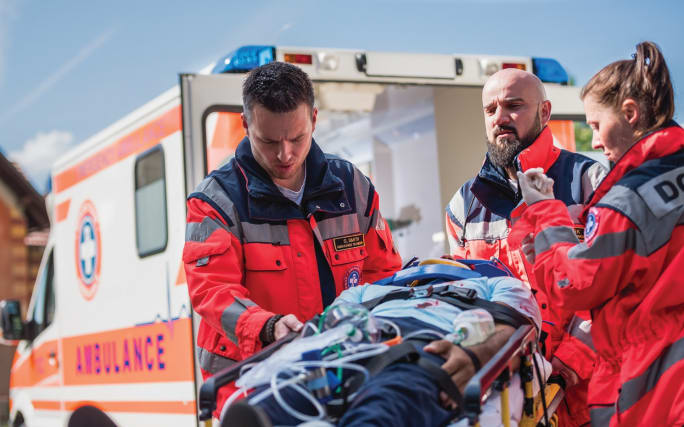When giving aid to the victims you can help, you need to decide whether a quick tourniquet to an extremity will be applicable or will simply applying direct pressure as well as packing the wound suffice. These are all difficult choices because as officers, even officers with tactical medical training, we only can carry so much trauma equipment on our persons. If we use it all on a single individual, we may not have enough for someone else who could possibly need that one specific piece of trauma gear to save their life. So you must ration and only deploy what's absolutely needed. There will always be the lingering questions of "What if?" and "Could I have done more?" but those cannot be considered during the time of triage. Instead the mindset must be to help as many of those who can be helped as quickly as possible.
Once you have begun basic lifesaving interventions, your next thought should be how to get the injured to a higher level of care. Are the paramedics coming to your location or do you have to extract the victims?
Moving victims who should be moved to medical care can require quick thinking. Medical litters are a valuable piece of equipment, but if you do not have a litter, then you will have to improvise. Look around the room. A modified litter can be as simple as a chair with wheels for pushing the injured out. Or you can use a curtain, tablecloth, or even a folding table. Practice mindfully assessing your current surroundings and determining what could be helpful should the situation arise.
As officers who may be asked to respond to school shootings, we not only have to be ready to take the fight to the killer, we also have to be trained in tactical medicine and learn to work together with paramedics to save as many of the victims as we can. Proper training on the application and use of both traditional and makeshift tourniquets as well as hemostatic agents and packing materials is critical. And we have to be mentally prepared to deal with child/teen shooters, and then the injured and dying children.
Overall if I can just emphasize one major point to you, it's that you need to take action. Do something. You can't make the situation any worse by getting involved. A child bleeding out will die unless you do something. The least you can do is buy the victims some more time so they can receive further attention from medical professionals.













